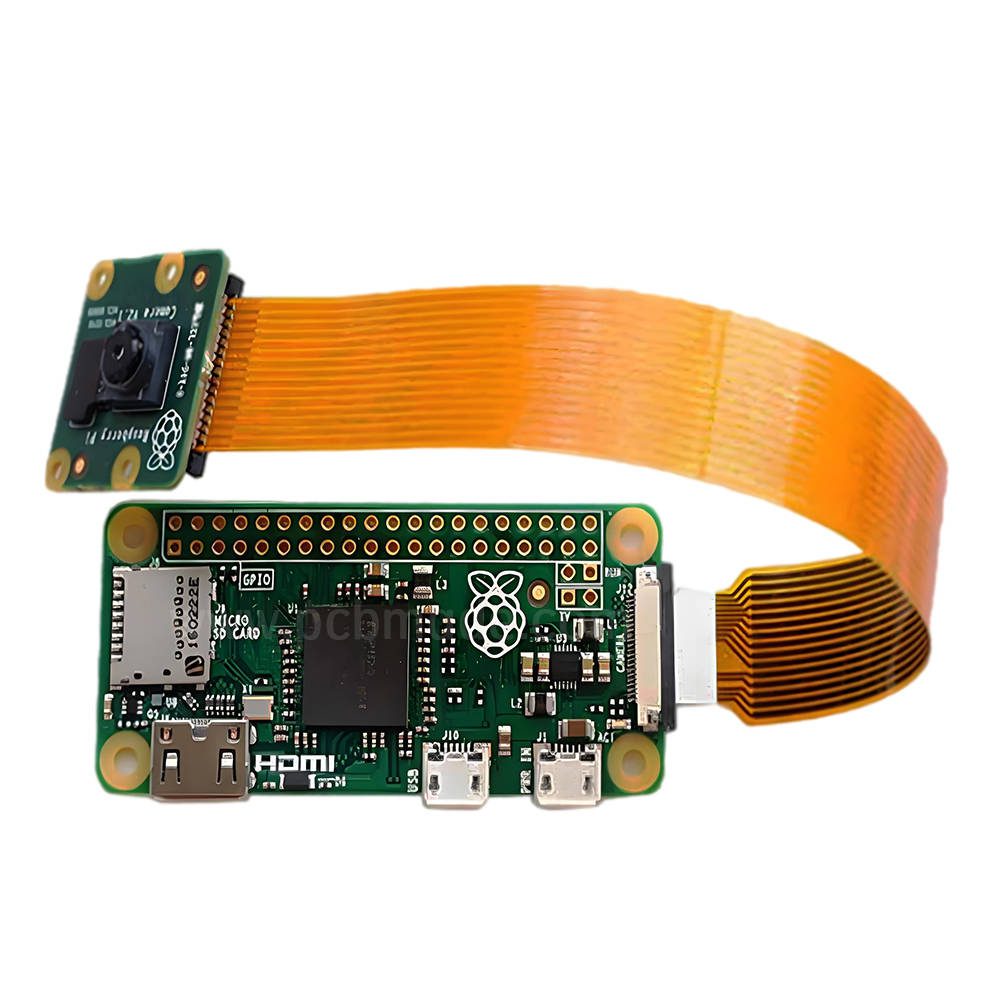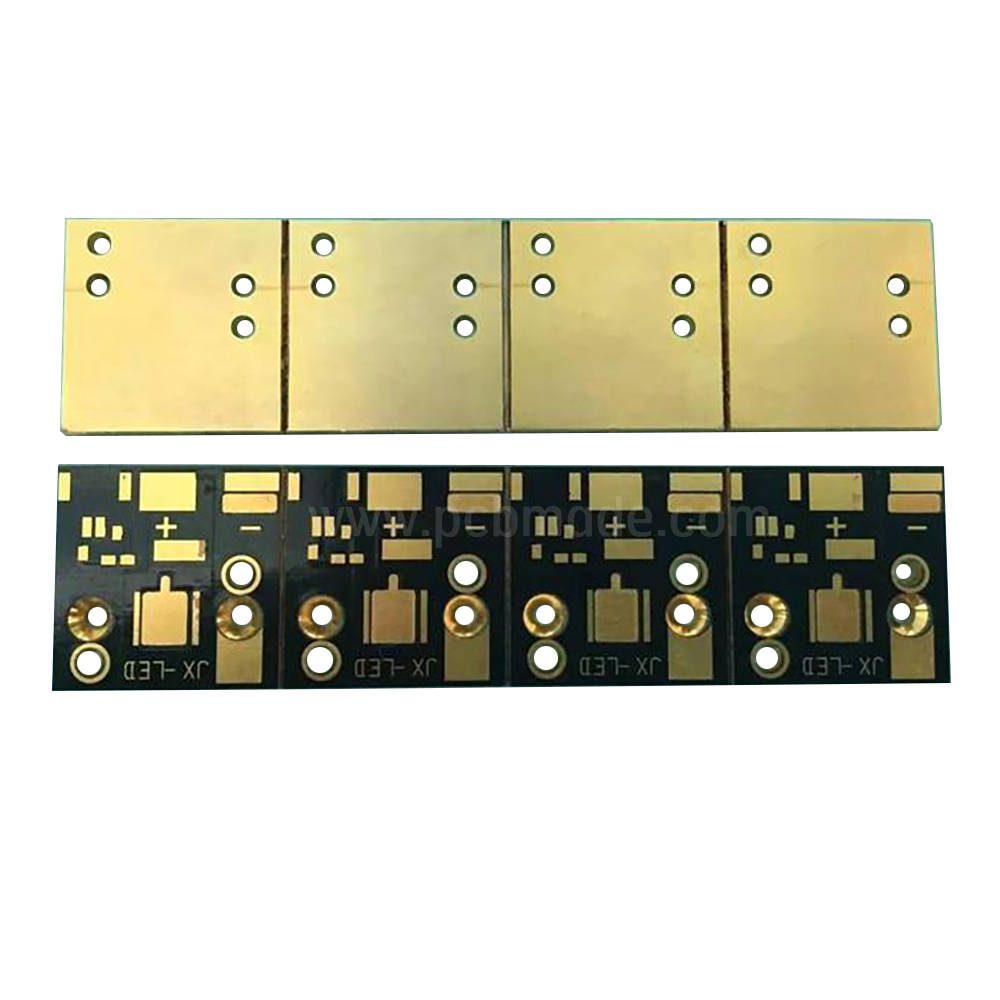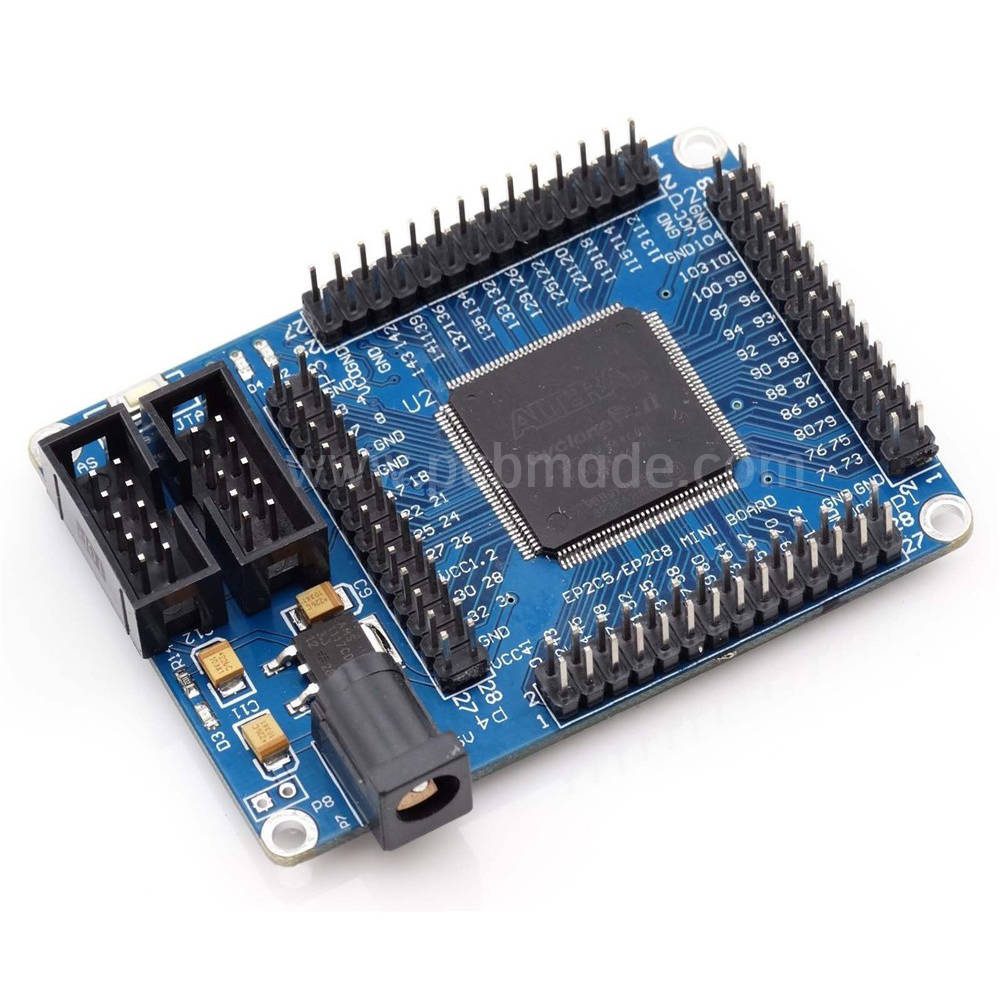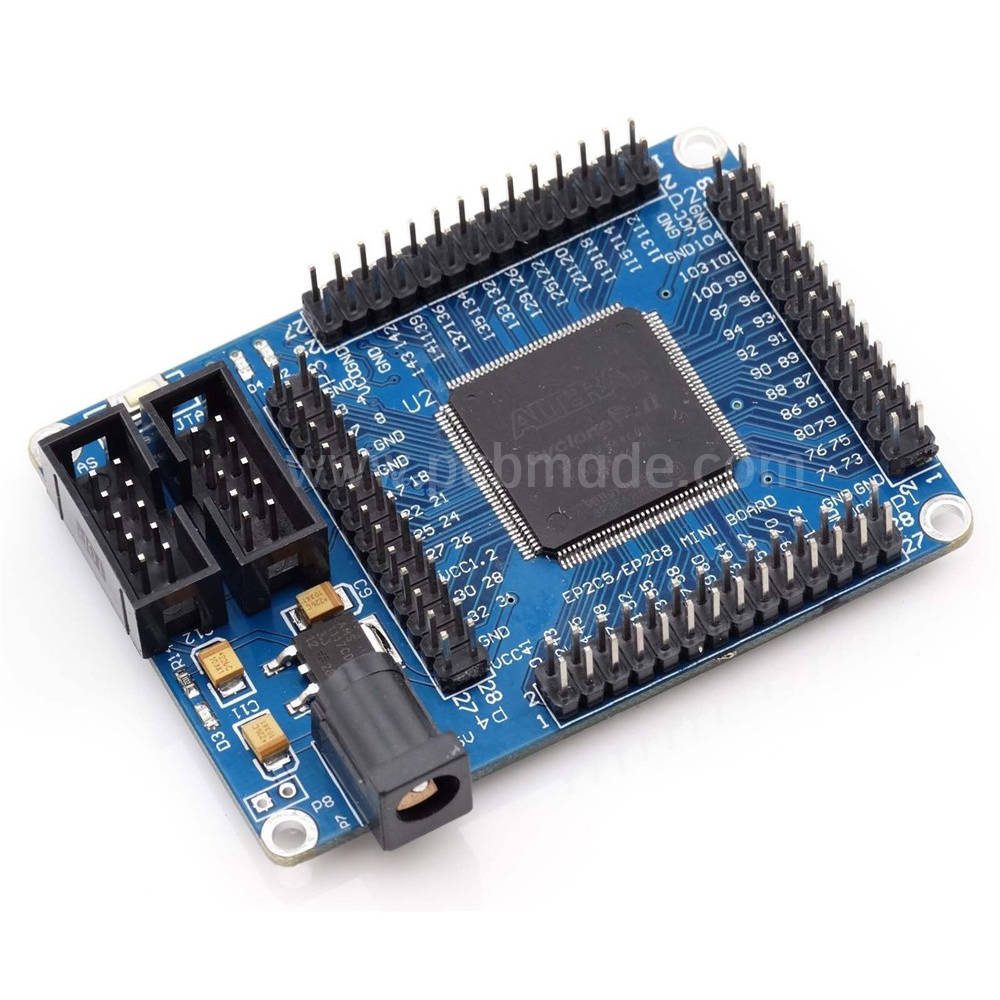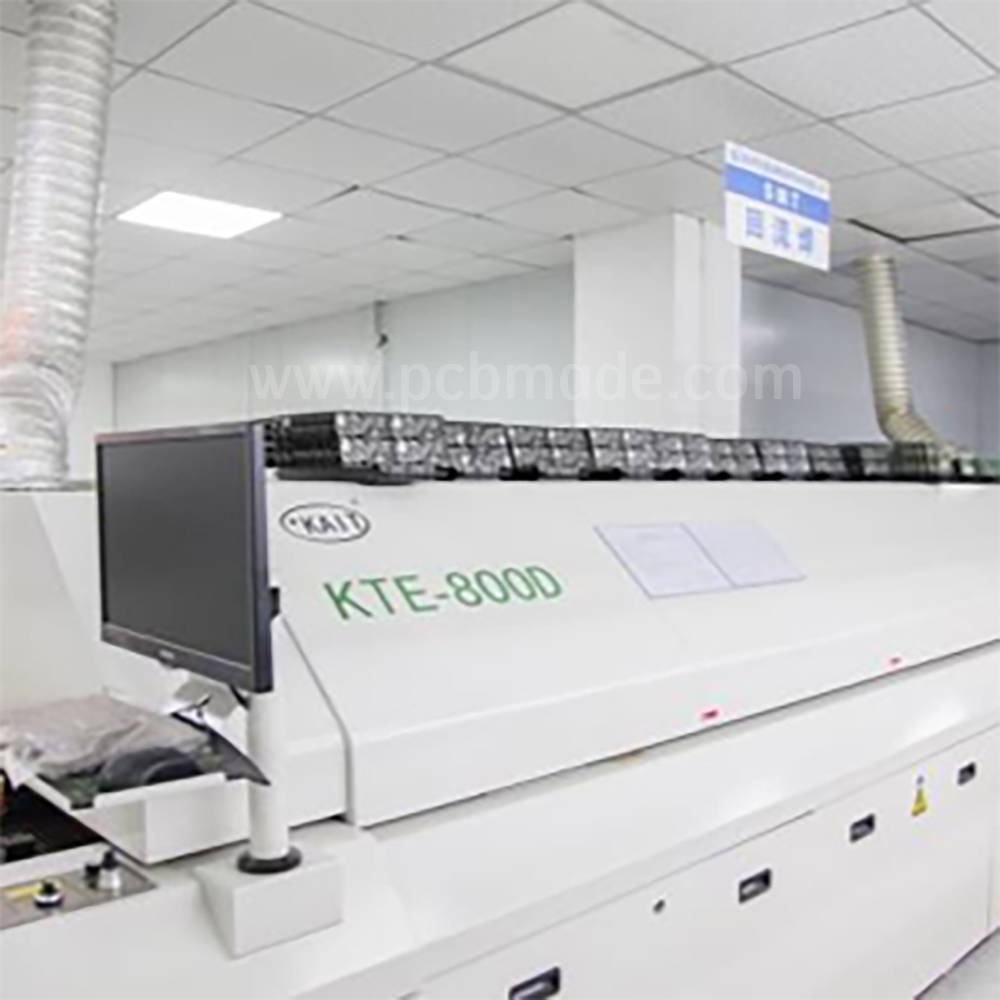SMT (Surface Mount Technology) is an efficient and high-precision method for mounting electronic components, widely used in modern electronic manufacturing industry.
It puts forward a series of requirements for circuit board design to ensure the smooth progress of the production process and the reliability of the final product.
The following are the main requirements of SMT surface mount for circuit board design:
1. Standardization and normalization of circuit board design should follow national and industry standardization specifications, including component layout, wiring rules, dimensional tolerances, etc. This helps to reduce errors and failures in production, improve the efficiency and yield of SMT mounting.
When selecting electronic components, priority should be given to components suitable for SMT processes, such as chip components, micro components, etc.
The layout of components should be optimized reasonably to reduce the movement distance and time of the surface mount machine and improve production efficiency.
We should also consider issues such as thermal interference and electromagnetic interference between components to ensure the stability and reliability of the product.
3. Wiring design and electrical performance circuit board wiring design should follow certain rules, such as line width, line spacing, via size, etc., to ensure the electrical performance of the circuit board.
Wiring design should also consider the electrical characteristics of components, such as voltage resistance, current resistance, etc., as well as the heat dissipation performance of the entire circuit board to avoid problems such as overheating and short circuits.
4. The manufacturability and testability of circuit board design should take into account the manufacturability of SMT patches, such as component mounting and soldering.
The testability of the circuit board should also be considered, such as the setting of test points and the writing of test programs, in order to discover and solve problems in a timely manner during the production process.
5. Environmental protection and sustainable development should be fully considered in the process of circuit board design.
For example, choosing non-toxic and harmless materials, reducing unnecessary waste, optimizing energy utilization, etc.
This helps to reduce production costs, minimize environmental pollution, and enhance corporate social responsibility.
6. Collaborative circuit board design should maintain close communication and collaboration with the production department.
The design department should promptly understand the problems and requirements in the production process and make corresponding adjustments to the design scheme;
The production department should provide the actual experience and feedback during the production process to the design department, so that the design department can continuously improve and optimize the design plan.
7. In the process of circuit board design, reliability analysis should be conducted to evaluate the performance and stability of the circuit board.
This includes thermal analysis, stress analysis, electromagnetic compatibility analysis, and other aspects of the circuit board.
Through reliability analysis, potential problems and hazards can be identified, and timely measures can be taken to improve and enhance the quality and reliability of the product.
SMT SMT has put forward various requirements for circuit board design.
The fulfillment of these requirements will help improve the efficiency and yield of SMT surface mount, reduce production costs, enhance product quality and reliability, thereby promoting the sustainable development of the electronic manufacturing industry.




